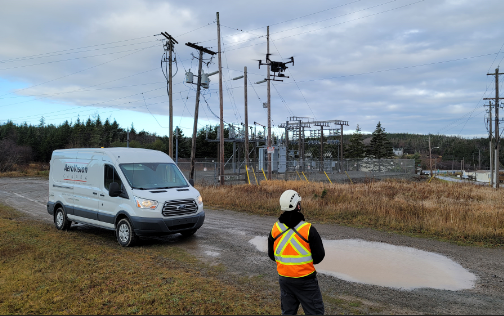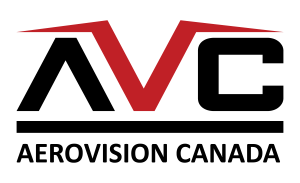Electrical Inspections
Inspection and Fault Testing
Drones, also known as unmanned aerial vehicles (UAVs), are transforming the power industry by providing a safer, more efficient, and cost-effective solution for inspecting power transmission and distribution infrastructure. The use of drones for powerline inspections is becoming increasingly common as utilities seek to improve the reliability of their power grids and reduce downtime caused by equipment failures.
Traditionally, powerline inspections have been carried out by workers climbing the power poles or using helicopters to fly over the powerlines. Both methods are time-consuming, expensive, and pose a significant safety risk to workers. Drones, on the other hand, are much safer and more efficient. They can quickly inspect power infrastructure, providing valuable data and imagery without risking human lives.
Here are some of the ways drones are being used for powerline inspections:
Visual inspections: Drones can be equipped with high-resolution cameras that provide a detailed view of power infrastructure. This allows inspectors to detect defects or damage to powerlines and equipment that might be difficult or impossible to see from the ground. With drone technology, inspectors can quickly and safely cover large areas of powerlines, which can reduce the time and cost associated with manual inspections.
Thermal imaging: Drones can also be equipped with thermal cameras that can detect hot spots on powerlines, transformers, and other equipment. This information can help identify areas that are at risk of failure, enabling utilities to take preventative action before a failure occurs. Thermal imaging can also be used to detect energy leaks, which can help utilities reduce energy losses and improve the efficiency of their power grid.
LiDAR technology: LiDAR (Light Detection and Ranging) is a remote sensing technology that uses laser light to measure distances and create highly accurate 3D maps of power infrastructure. LiDAR-equipped drones can create detailed digital models of powerlines and transmission towers, enabling utilities to detect structural defects and plan maintenance and repair activities more effectively.
LiDAR technology can also be used for vegetation management in powerline inspections. Vegetation growing too close to powerlines can create safety hazards and increase the risk of outages due to trees or other vegetation coming into contact with powerlines. Traditional methods of vegetation management involve sending workers to manually inspect and trim trees, which can be time-consuming and pose a safety risk to the workers. By providing accurate and detailed information about the vegetation growing near powerlines, LiDAR technology can help utilities reduce the risk of outages, improve safety for workers, and provide better service to their customers.
LiDAR technology is increasingly being used in power line inspection and maintenance due to its ability to capture detailed information about the environment. When used for 3D modeling of power lines and in conjunction with software like PLS-CADD, LiDAR provides a number of benefits that can help improve the efficiency and accuracy of power line maintenance. For more information on this, please visit our LiDAR information page.
Data analytics: The data collected by drones can be analyzed using machine learning algorithms to identify patterns and anomalies in power infrastructure. This can help utilities identify potential problems before they occur, enabling them to take preventive measures to avoid costly downtime and improve the overall reliability of their power grid.
In summary, the use of drones for powerline inspections is transforming the utility industry by providing a safer, more efficient, and cost-effective solution for inspecting power infrastructure. By utilizing drones, utilities can improve the reliability of their power grids, reduce downtime caused by equipment failures, and provide better service to their customers.





